The state’s plan to send fewer nutrients downstream to the Chesapeake by 2025 will also boost whitetail and pheasant habitat, farm operations, stream connectivity, and more
Lancaster County farmer Roger Rohrer waded through swaying switchgrass on a hillside overlooking his fourth-generation poultry and crop farm. Two whitetail does jumped up and porpoised into nearby woods. Nearby, he showed a visitor a 20-year-old wooded buffer with tall grass underneath that traced a small but clear meandering stream with no name.
Planting steep fields in warm-season grass cover and placing vegetative filters along a stream prevents soil and fertilizer on adjacent fields from running off and ending up in Chesapeake Bay, a threat that contributes to algae blooms and smothers key underwater grasses.
To Rohrer and his sons—all hunters—these changes not only bring the satisfaction of doing the right thing for the environment. Their hunting opportunities and wildlife sightings have boomed. Instead of driving to deer camp upstate, they now shoot trophy bucks each year on the farm. The whitetails use the riparian buffers as travel lanes and the grassy fields as bedding areas.
For the first time, turkeys are around, gobbling from nearby forest ridges. They use the grasses as nesting areas and to hide from predators. Ducks have appeared on the stream.
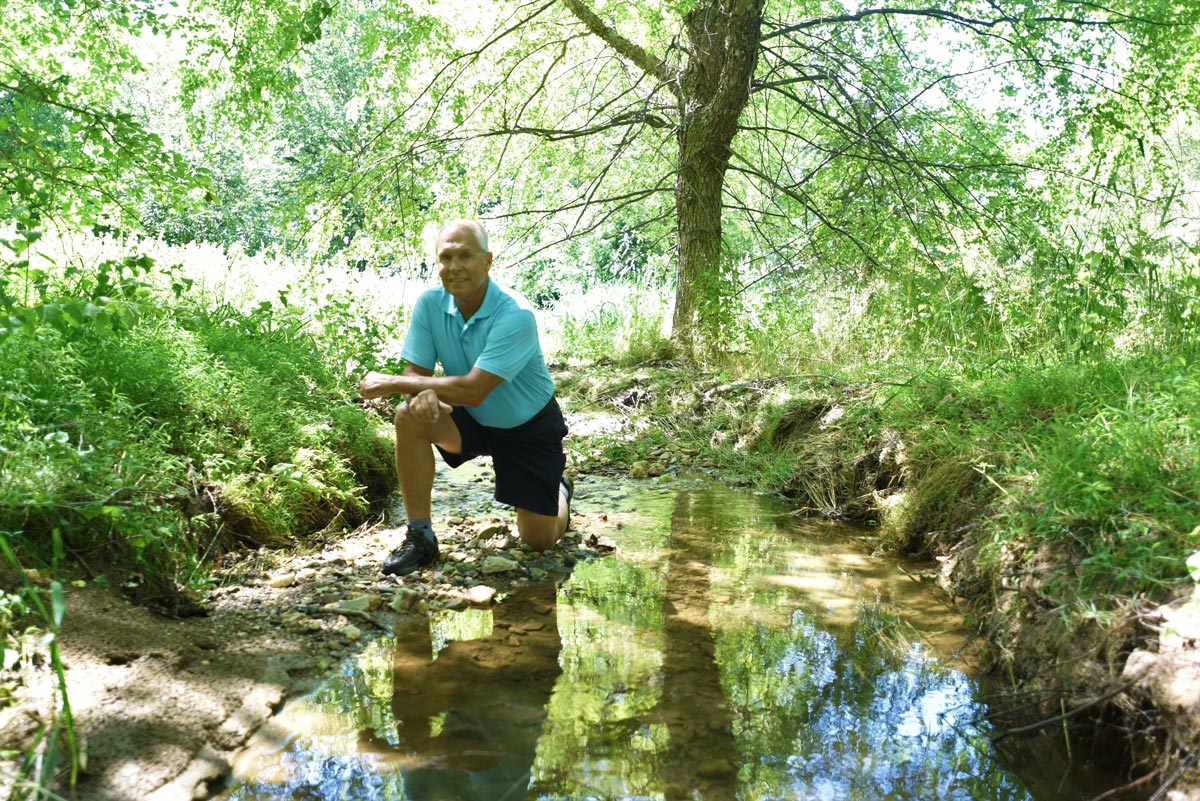
“Everything you do to enhance wildlife is also good for water quality,” says Rohrer, who has become something of an activist in pushing to restore riparian forests. For Rohrer and Pennsylvania sportsmen, there are many side benefits of the state’s massive commitment—almost $5 billion so far—to reduce nutrients and soil from running into the Bay.
Pennsylvania’s latest blueprint to try to reach its promised nutrient and soil reductions by the 2025 deadline is known as Watershed Implementation Plan Phase III, or WIP III. It includes a number of new initiatives and accelerated strategies that will benefit anglers, hunters, and anyone who uses the outdoors or cares about clean water.
For example, the new plan puts a premium on land conservation practices that enhance fish habitat or create other ecosystem benefits. And buffers will be favored if they bring contiguous stretches of waterways together to better support fish populations.
In setting a goal of 83,000 acres of new forested buffers along streams, WIP III specifically mentions how creating shade along streams may help buffer sensitive native brook trout, the state fish, from the warming effects of climate change. And, as Rohrer found out, the strips serve as travel corridors for game.
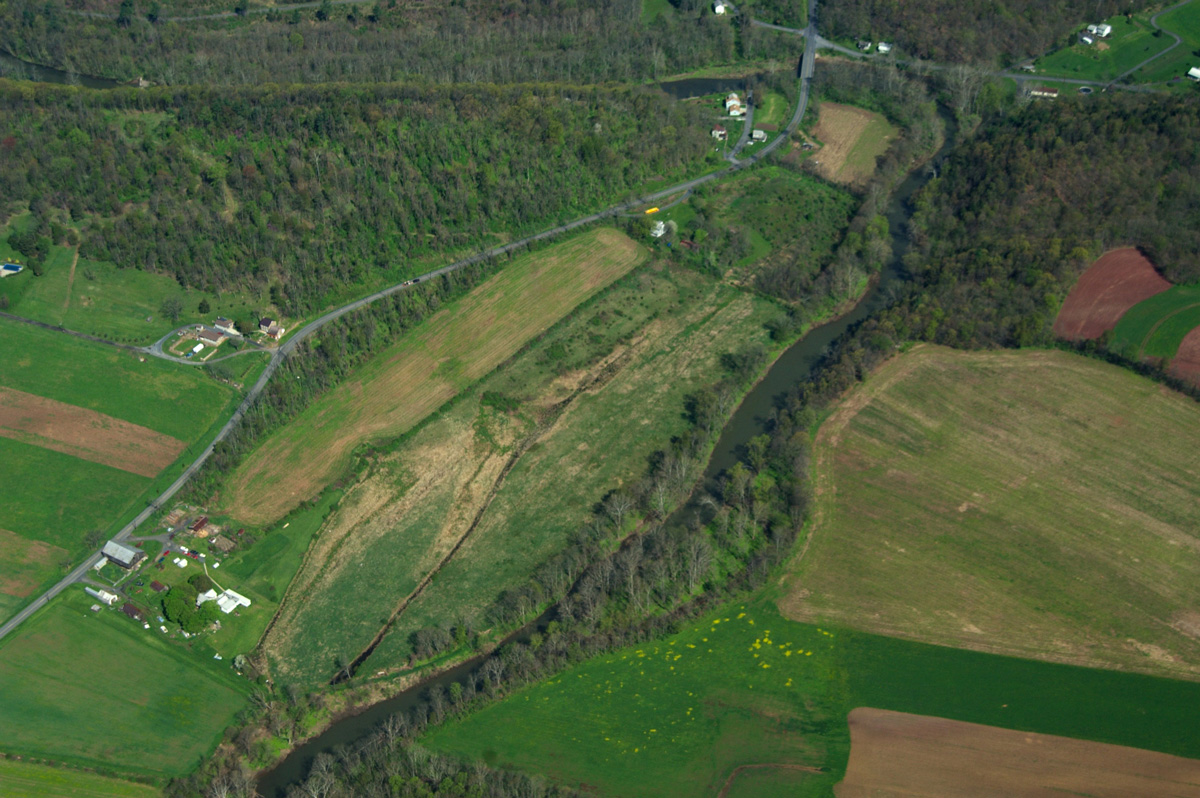
Ryan Davis used to work with Pheasants Forever in western Pennsylvania. He was so impressed at how streamside buffers attracted pheasants and other wildlife that he became a full-time advocate for riparian buffers and forest restoration with the Alliance for the Chesapeake Bay. Though pheasants are becoming an uncommon game bird on the Pennsylvania landscape, Davis has seen concentrations of ringnecks in buffers.
“These kinds of scruffy, brushy habitats are essential for pheasants to survive over the winter,” he says.
A long-lasting scourge from past land abuses, acid mine drainage is next to agriculture in polluting streams in Pennsylvania. But cleanup projects under the Bay restoration have restored more than 55 miles of streams from 2010 to 2018, in many cases allowing native fish and insects to move back in.
“Many streams that were once heavily polluted are now places where residents gather to swim, fish, boat and play,” says one section of the implementation plan.
Land conservation is another key strategy of the plan. “That protects existing habitats and hunting grounds from conversion to other land uses,” notes Wesley Robinson of the state Department of Conservation and Natural Resources.
The WIP’s call for more conservation of forest land is just as important for sportsmen and sportswomen as it is for the Bay. These local hunters and anglers are called “among our best stewards of the environment” by Michelle Price-Fay, acting director of the federal Environmental Protection Agency’s Chesapeake Bay Program Office.
The rallying cry from Pennsylvania officials in recent years has shifted from save-the-bay to touting the benefits of making local streams clear for Pennsylvanians’ sake, where better water quality in the Bay is an added benefit.
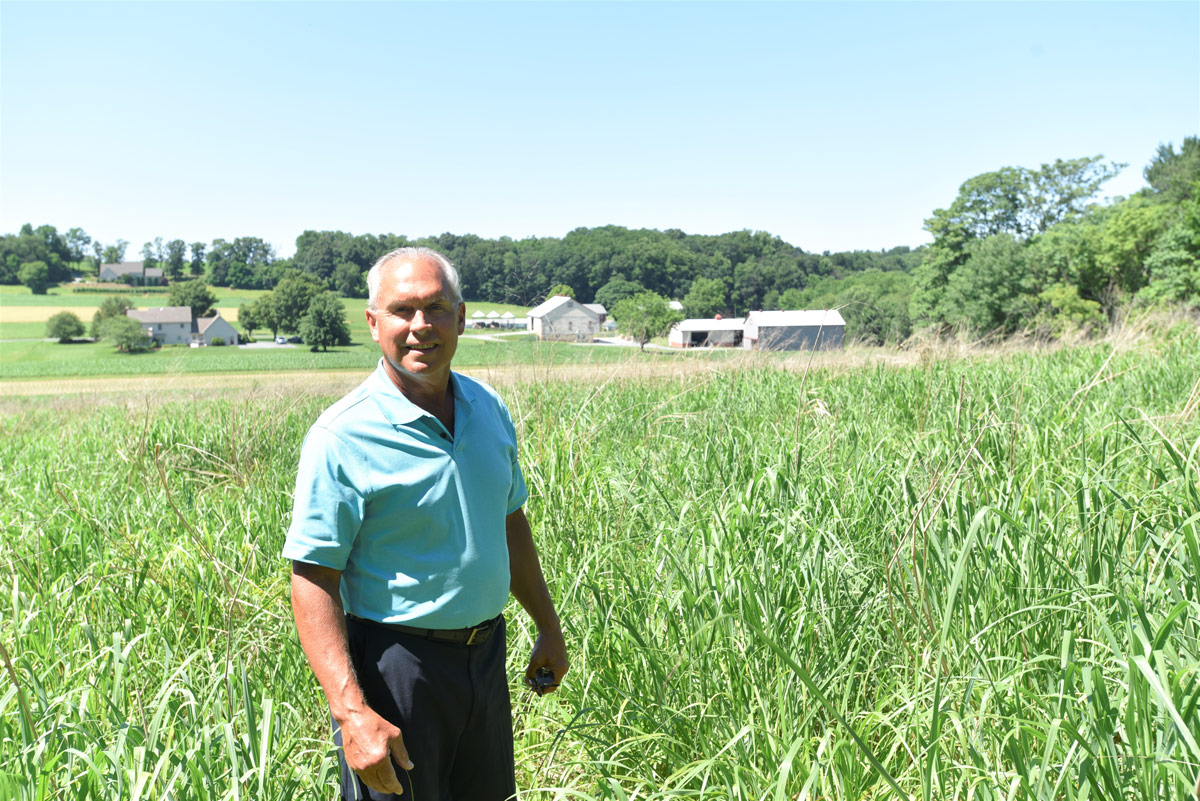
Of nearly 49,000 miles of Pennsylvania streams in the Bay drainage—about half the state—more than 15,000 miles remain polluted or impaired in official terms.
“Failing to restore Pennsylvania’s impaired waters will mean that our drinking water sources, outdoor recreation, wildlife, and public health and safety will remain impacted,” the WIP III states.
The plan draws on a number of federal partners that have land in the state. For example, the U.S. Army Corps of Engineers has a goal in WIP III to restore, enhance, and preserve wetland habitat to support 100,000 black ducks baywide. In Pennsylvania, that would focus on 54,000 acres of wetlands in the Elk River watershed in the southeastern part of the state. The Corps also seeks an 8-percent increase in brook trout water in headwater streams.
The biggest target of WIP III is agriculture, which is next to forest cover as the biggest land use in the state. A closer bond between sportsmen and farmers “represents a huge opportunity for habitat restoration for game species,” suggests Lamonte Garber of the Pennsylvania-based Stroud Water Research Center. “Strengthening ties between conservation-minded farmers and sportsmen can only help improve Pennsylvania’s sporting resources.”
Take action now to support conservation investments in Pennsylvania.
Ad Crable lives in Lancaster, PA, writes an outdoors column for LNP newspaper, and covers Pennsylvania environmental issues for the Chesapeake Bay Journal.
Top photo by Derek Eberly


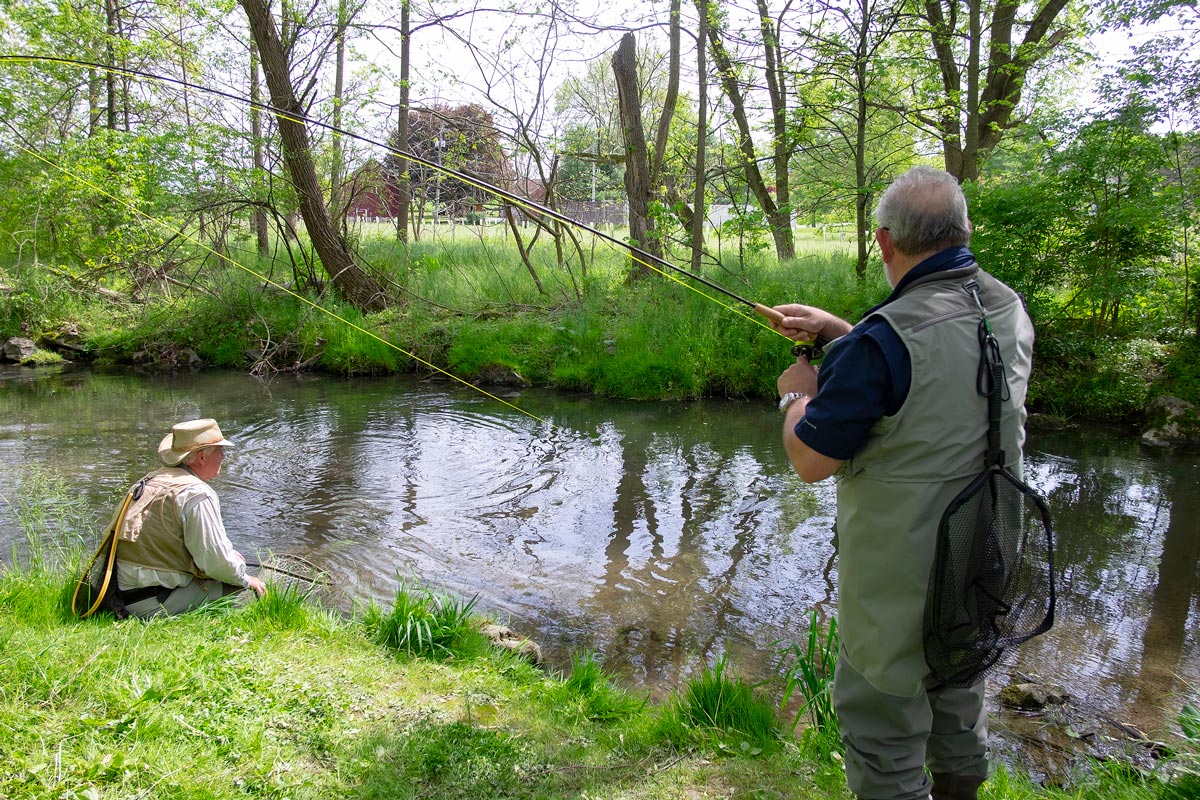
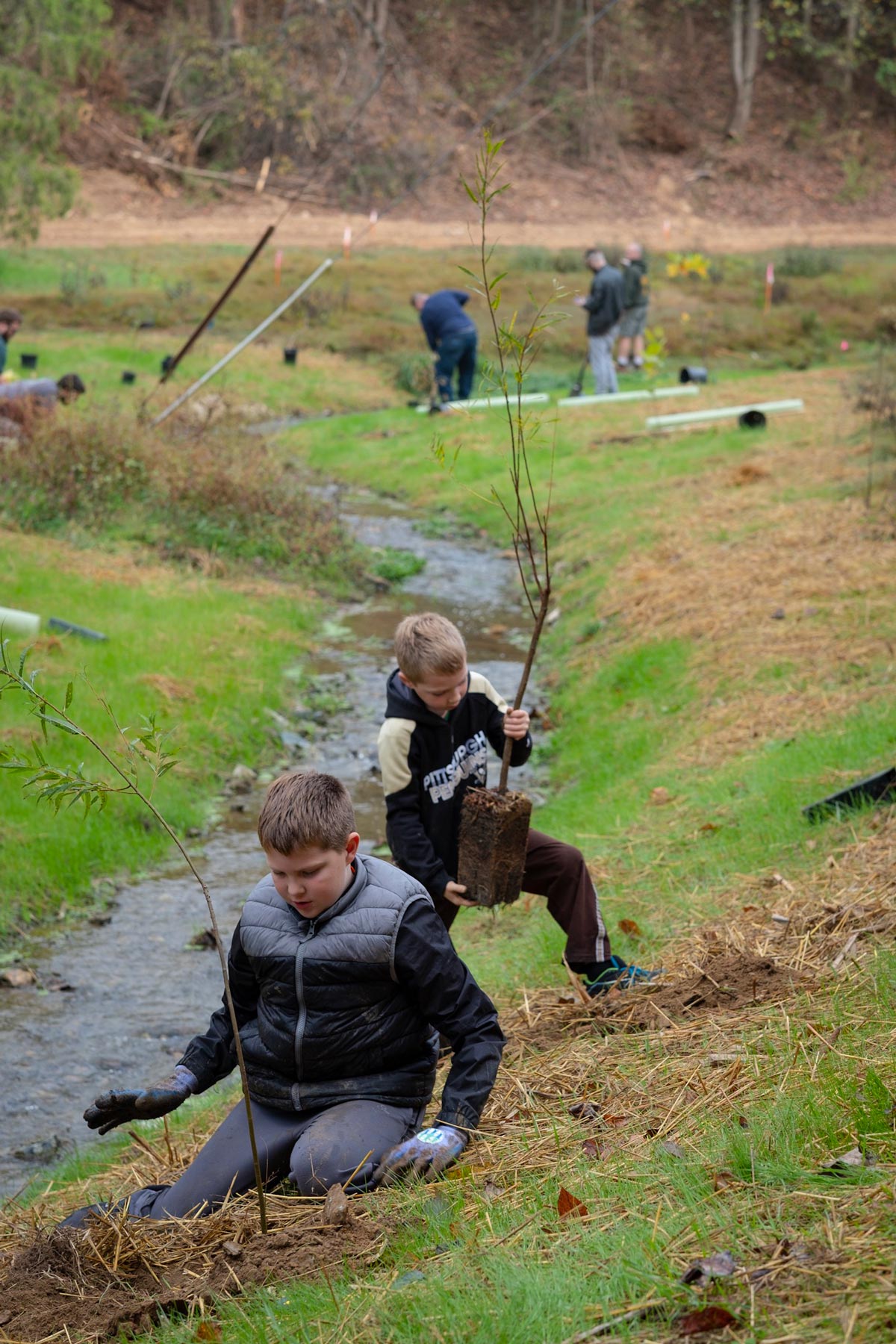




All states along the east coast need to adopt this method of streams feeding into the ocean.